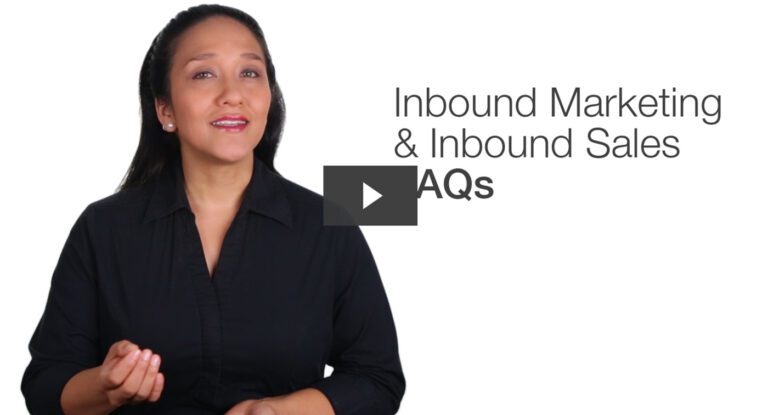Think about the last time you purchased something. Was it an impulse buy? Did you break something and must replace it? Perhaps you were feeling generous and bought a gift for someone?
In the noisy world of eCommerce it can be difficult to filter out the meaningful moments which influence a person’s purchasing decision. The amalgamation of these moments is referred to as the buyer’s journey, and it is an immensely powerful business tool.
The internet has dramatically changed life for many aspects of society, and eCommerce is no exception. People can now research their needs without ever stepping foot inside a brick-and-mortar store. In fact, Forrester conducted a survey that revealed “today’s buyers might be anywhere from two-thirds to 90% of the way through their journey before they reach out to the vendor.” (Forrester)
That’s right. Before you are approached by a potential customer, that person has already thought a lot about what they want, why they want it, and how to obtain it. With all the purchasing power in the hands of the consumer, it’s a good sales and marketing strategy to help them along through each stage of their buyer’s journey. By making it about their needs, and on their terms, you’re leveraging yourselves as a human-centric, relevant, and helpful vendor.
There are three stages of the buyer’s journey: awareness, consideration, and decision. In the awareness stage, the consumer discovers that she has a goal, problem or pain point that needs to be addressed. Keep in mind, the buyer’s journey is fluid and variant: market maturity, the nature of the product/service, and the demographics of the typical buyers all influence a journey. Imagine your customer base as a lovely group of snowflakes: no 2 journeys are exactly the same!
The second stage is consideration. This is the time where people do their research. 72% of buyers will rev up their search engines and start Googling keywords related to their goal or pain point. (Pardot) Here, exposure is key: people will find you on their own but only if they have viable means of doing so. (Check out a previous blog post regarding optimizing your SEO so buyers can more easily find you online.)
Finally, and most importantly, comes the decision stage. This is the “make-or-break” moment when the buyer chooses whether or not to sign the dotted line. If you have a solid marketing strategy incorporating the buyer’s journey, then you are in a great position when it comes to the decision stage because you have already helped them through their initial problem and their research. But how exactly can you help?
It’s all about accessible, customized content. More users than ever are using their smartphones as a quick and easy research tool. “In fact, approximately one-third of all CPG searches now originate from smartphones, according to Google Search data.” (Google)
Of course, you should make sure your website is optimized for mobile use. Then include testimonials, reviews, comparisons, and material that your visitors could benefit from. These are mostly incorporated in the consideration stage: the person already knows she has a problem that needs solving, so you need to give her the resources which showcase why you are the best solution.
Providing some case studies and reports can also be a useful way to validate that the person is not alone in her decision; that you can help. But, one important caveat: it can actually be detrimental to mention your brand-specific solution too early in the process. The main objective is to enable the buyer to make a purchasing decision on her own. So, what you are really providing is all the relevant material for her to solve her problem. By demonstrating your value not just as a vendor but as an industry expert, she is more likely to choose your specific solution if it has helped her.
The buyer’s journey represents the process through which people make their purchasing decisions. With the internet at everyone’s fingertips, it’s vital to come to the e-Commerce table with the intention of helping people, not just caring about the bottom line. If you implement a marketing platform that is consumer-centric and genuinely supportive, then people will become attracted to your website and, ultimately, your business.
And the support doesn’t stop with the final purchase! According to the White House Office of Consumer Affairs, it is 6 to 7 times costlier to attract a new customer than it is to retain an existing customer. So, make sure that in addition to attracting new leads, you are maintaining good relationships with your current customer base.
Subscribe to our BLOG
Stay in touch & learn how to attract customers, become a thought leader, create effective marketing campaigns, & more.





